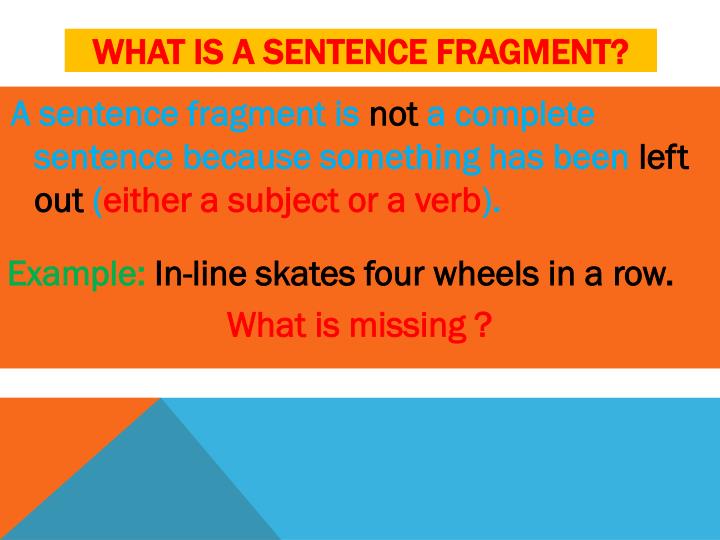
But the ethical dimension involved in all of her cutting, crushing, and blowing up of objects could use further exploration. In her brief introductory remarks, the artist suggests that her interest resides in the things that are missed or ignored (the chalk marks Einstein left on a chalk board, the wear and tear on the seat Freud sat in as he listened to his patients). In the middle of a selection of photographs of brilliant and evocative works by Parker is an image of a doll cut in half by the guillotine said to have beheaded Marie Antoinette (currently in the collection of Madame Tussauds’s London “Chamber of Horrors”). The French Revolution is a recurrent topic in the collection, as is the memory of decapitation. A medievalist may be forgiven for a certain comfort with the abstracting of symbolic meanings from blood and body parts, but it may be worth hesitating before this celebration of gory murder, this erasure of the abject horror involved in displaying a human head as an object. This kind of paralleling of human destruction and vandalism, along with a rather too-quick enthusiasm for the promise of violence, is evident in William Tronzo’s introduction, where an illustration of Henry Fuseli’s well-known The Artist Overwhelmed by the Grandeur of Antique Ruins (1778–79) faces Villeneuve’s 1793 engraving showing the amputated head of Louis XVI lifted by its hair, while drops of royal blood drip down to words (themselves suggesting a fantasy of sanguinary fecundity) taken from the recently composed Marseillaise, “May a tainted blood drench our furrows.” Tronzo finds in the two images contrasting modalities of the fragment: “received and created, oppressive and liberating, past and future” (1). At several junctures I found myself wishing that there had been more hesitation before relating the “reign of the guillotine” (an odd euphemism for revolutionary murder) to the destruction or mutilation of monuments.

In an excellent essay about attempts to reimagine and de-(or re-)restore the Laocoön in the revolutionary period, Brigitte Bourgeois cites Linda Nochlin (whose work is an important influence in the collection) on the pulverization of tradition represented by the fragment: “Whether a matter of human being, subjected to the reign of the guillotine, or artistic monuments, destroyed or mutilated by revolutionary vandalism, the theme of amputation, which could make the errors and infamies of the past disappear, is omnipresent” (64). The damaged human body has provided an inexhaustible repository of cultural emblems, and it does so in this collection in ways surprising and subtle, predictable and disturbing. In recognition of this difference, the volume is divided into two parts, “Received” and “Created.” Still, reflecting its origin as a symposium held at the Getty Center in 2006, there is no central governing principle connecting the essays, so much as a set of unexpected continuities and intriguing contrasts. Of course to not finish something because one never planned to is quite different from breaking something, or, more to the point, from finding something broken and using it as the basis for reconstructing the lost whole. What is the meaning of the guillotine? The question crossed my mind as I read through the material that makes up this heterogeneous yet fascinating volume, along with some others: What is the ethical weight of dismemberment? How much of pain and loss survives in the remains of broken things, how much of a thrilling sense of freedom? The Fragment: An Incomplete History, which contains ten essays written by scholars of art history, archaeology, literature, philosophy, psychology, numismatics, topography, and film, with one contribution by the artist Cornelia Parker, provokes such questions. Performance Art/Performance Studies/Public Practice.
/Getty_sentence_fragment-170617265-585c88fa5f9b586e020118b2.jpg)




 0 kommentar(er)
0 kommentar(er)
